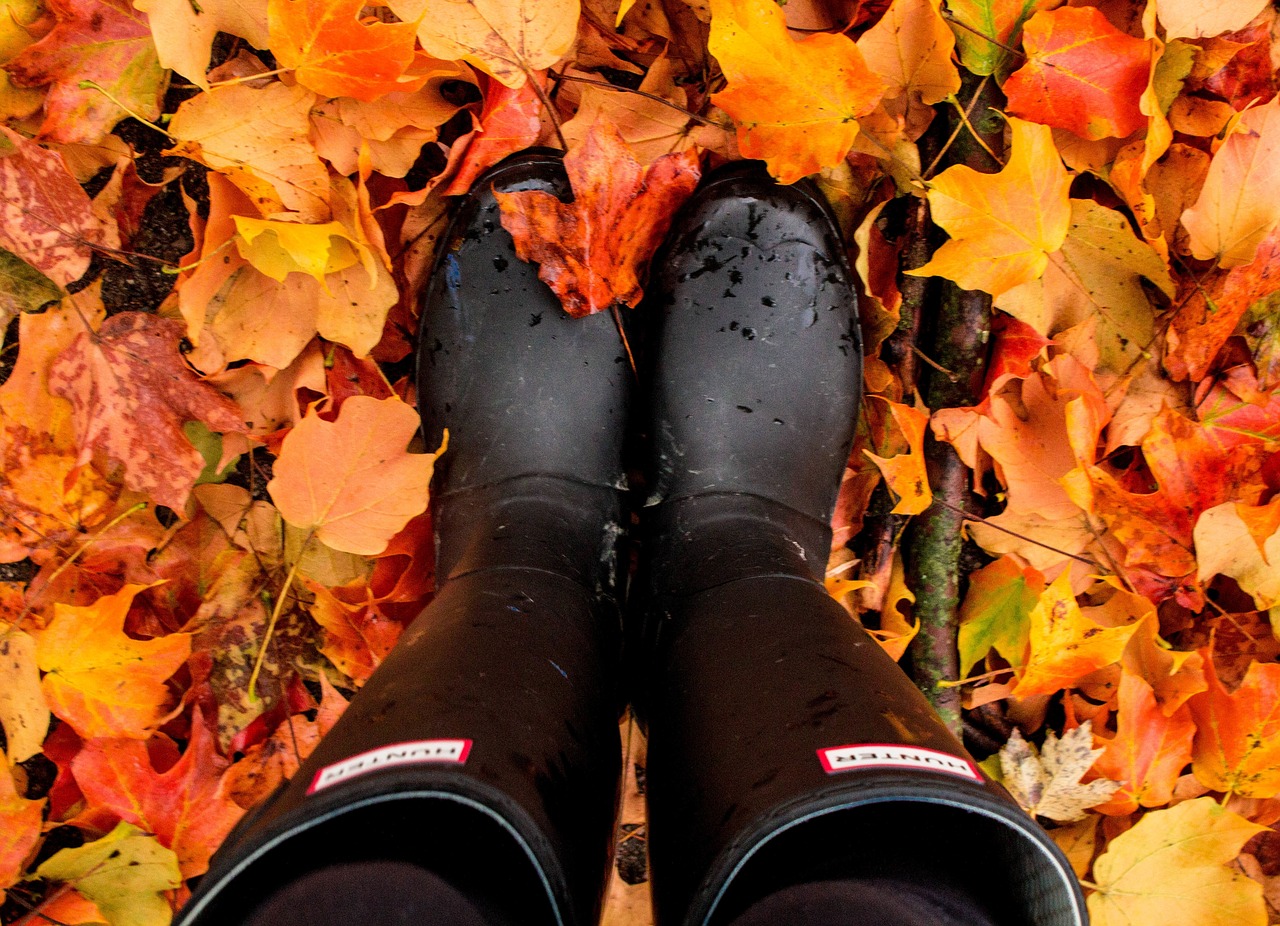As the cool weather arrives, it’s time to get out your fall and winter footwear to see if your old favorites need repair or even replacement.
Think back to last season. Do you remember how you felt when wearing the boots that are sitting in your closet? Did those hiking boots turn out to be great – or cause a whole lot of foot pain for you? What about the boots you wear for rain and snow or even fashion boots for dressier events?

With pre-season sales now in full swing, now’s the time to get new boots that will stand up to weather challenges and keep your feet comfortable from now until spring.
TIPS FOR THE RIGHT FIT
If you’re hard to fit, head to the shoe store first. Internet deals may be very tempting, but it’s virtually impossible to tell which styles will feel good and which will pinch in all the wrong places. If your favorite store sells online and locally, you can try several sizes on, then head home to take advantage of internet coupons and specials.
When trying on boots, be sure to wear the socks you’d normally wear with the style of boot you’re buying. Use cotton or wool socks with hikers or work boots, thinner socks or tights with dress boots.
To assure of a good fit, especially with lace-up hiking or work boots, remove laces first, then re-lace them, making sure to pull the laces snugly through each eyelet. There should be no slack in the laces near the toe area.
Afternoon or evening is the best time to try on new footwear, since your feet generally swell throughout the day. If brand-new boots fit perfectly first thing in the morning, they may be too tight by the time afternoon rolls around.
MAKE SURE THERE’S ROOM TO MOVE
Having enough toe room prevents your toes from banging into the front of the boot when going downhill and allows for natural foot swelling. Ideally, you want a snug fit through the ankle, heel, and forefoot, and plenty of toe room. To see if you have enough room, slide your foot forward so toes touch the front of the boot. In this position, you should be able to slide one finger behind your heel inside the boot.
People with wide feet often feel pain or numbness at the ball of the foot when wearing too-narrow boots. Many manufacturers carry wide widths to accommodate special sizes. It’s worth the search for a boot that will not cause pressure, since wearing overly tight boots and shoes can also contribute to corns and bunions.
If you’re buying new hiking boots but you’re not accustomed to wearing them, you may find the tops of the boots feel restrictive on your lower shins just above the ankles. Usually this goes away after the boots break in. During the break-in process, you can skip lacing the top set of eyelets or leave the straps a little looser. This also allows for more forward flex when you walk.
LOVE DOESN’T HAVE TO HURT
An estimated 63% of Americans live with constant foot pain – and most of them believe this pain is actually normal!
Of course, it doesn’t have to be that way. Choosing the right boots and shoes for your foot shape and size is a crucial step in preventing foot issues and the pain that comes with them. Podiatrists agree that ill-fitting shoes contribute to corns, bunions, hammertoes and other maladies that can require surgery if not corrected early.
QUESTIONS ABOUT BOOT FIT AND FOOT CARE? ASK DR. WACHTEL
When it comes to understanding how to prevent foot problems over a lifetime, Dr. Jeffrey Wachtel is your best resource. Dr. Wachtel can answer your questions about foot pain and other symptoms, the right footwear for your particular size and shape of foot and the best way to deal with potential problems.
If your feet hurt or you’re struggling with a particular issue, call our Lansdale office now to schedule a convenient appointment.
Source




